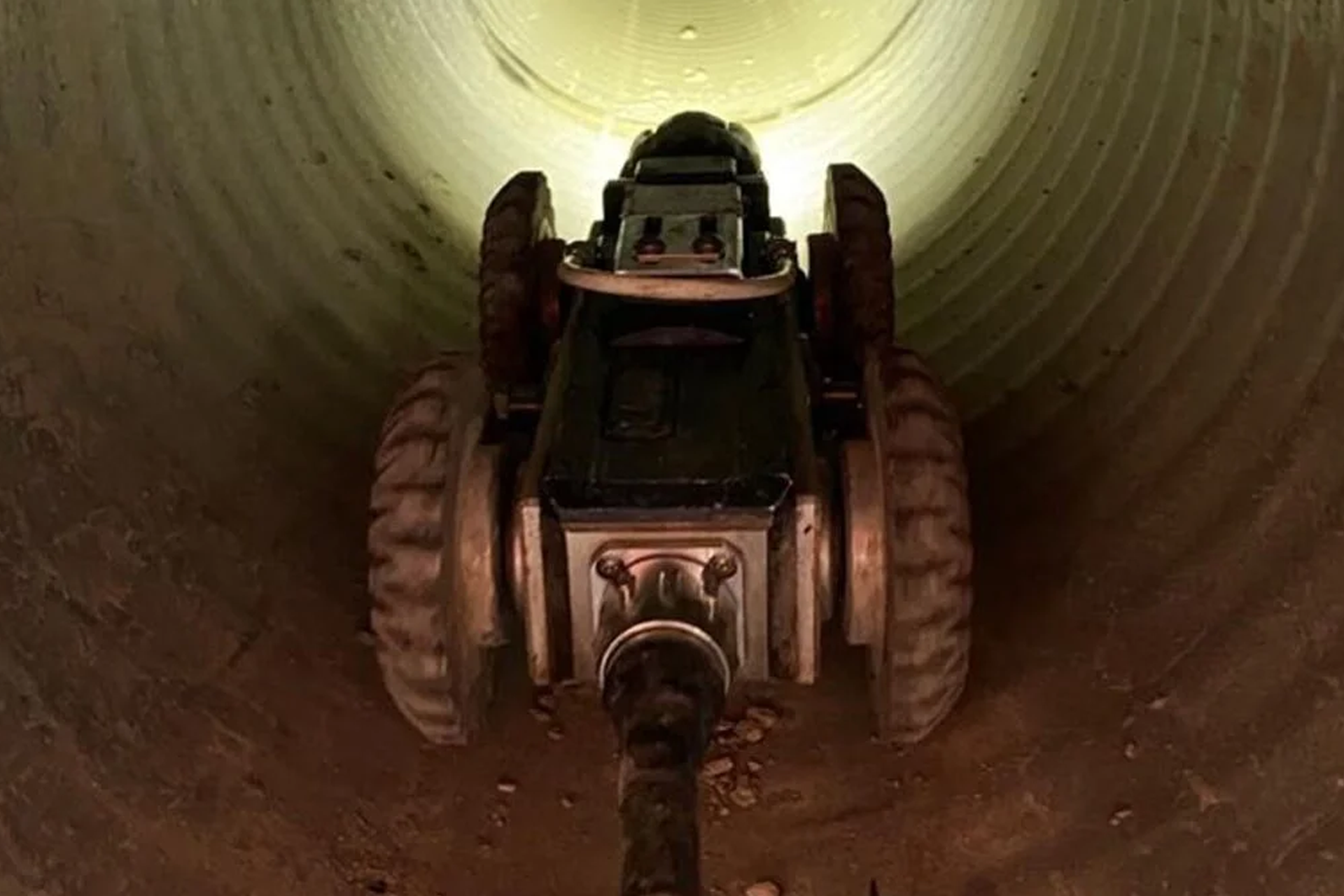The Only Guide for Reclaim Waste
The Only Guide for Reclaim Waste
Blog Article
9 Easy Facts About Reclaim Waste Explained
Table of ContentsFacts About Reclaim Waste RevealedAll about Reclaim WasteIndicators on Reclaim Waste You Should KnowGet This Report on Reclaim WasteAn Unbiased View of Reclaim Waste
Check out the kinds, incidents, and kinds of liquid waste. Domestic sewage waste refers to the waste and products from a household septic system. This sort of waste is created by people in residences, schools, and other structures. This only includes septic systems that have a drainpipe area. The appropriate administration and disposal of residential sewer waste call for fluid waste to be transferred to a sewer therapy plant where the proper approaches and devices are applied to purify and take care of waste.
Industrial waste commonly consists of prospective dangers, such as flammable products or a mixture of liquid and solid waste items, and needs a more sophisticated and thorough disposal procedure. The disposal of industrial waste generally involves the filtration of waste prior to transport to guarantee risk-free and correct disposal. Hazardous waste is created from byproducts and drainage of industrial procedures and manufacturing.
This type of waste can not utilize the very same sewage administration transport or processes as septic or industrial fluids. The hazardous waste management process needs the examination and screening of fluid waste prior to it undergoes the disposal process (industrial wastewater treatment). Overflow waste is the fluid waste that comes from runoff and excess stormwater in extremely inhabited areas or cities
Drainage waste can trigger contamination and flooding if not managed correctly. Ensuring correct waste monitoring can stop calamities and lower environmental damage.
Indicators on Reclaim Waste You Should Know
Call PROS Services today to find out about our waste administration and disposal solutions and the appropriate methods to look after the fluid waste you produce.
(http://tupalo.com/en/users/7813759)This so-called 'wastewater' is not just a crucial source however, after therapy, will be launched to our land, rivers or the sea. Utilized water from bathrooms, showers, baths, cooking area sinks, washings and commercial processes is understood as wastewater.

water used to cool equipment or clean plant and equipment). Stormwater, a type of wastewater, is drainage that flows from farming and city areas such as roof coverings, parks, gardens, roadways, paths and rain gutters right into stormwater drains, after rainfall. Stormwater streams unattended straight to regional creeks or rivers, ultimately reaching the sea.
How Reclaim Waste can Save You Time, Stress, and Money.
In Queensland, the majority of wastewater is dealt with at sewer treatment plants. Wastewater is transported from domestic or industrial sites via a system of drains and pump terminals, referred to as sewerage reticulation, to a sewage treatment plant. City governments construct, preserve and run most sewer treatment plants. Operators are licensed under the Environmental Management Act 1994 to discharge cured wastewater at an appropriate environmental criterion right into rivers.
The Department of Natural Resources encourages neighborhood federal governments regarding managing, operating and preserving sewerage systems and treatment plants. In unsewered locations, local governments may require householders to install private or home sewage treatment systems to deal with residential wastewater from commodes, kitchens, restrooms and laundries. The Division of Natural Resources authorizes the use of family systems when they are verified to be effective.
In some new communities, treatment of some stormwater to remove clutter, sand and gravel has actually started utilizing gross contaminant traps. Wastewater treatment takes place in 4 phases: Eliminates strong matter.
Utilizes little living microorganisms recognizes as micro-organisms to damage down and remove staying liquified wastes and fine particles. Micro-organisms and wastes are included in the sludge.
The Of Reclaim Waste
Nutrient elimination is not readily available at all sewer treatment plants since it requires pricey specialised devices. Clear fluid effluent created after therapy may still have disease-causing micro-organisms - liquid waste removal melbourne.

Many wastewater flows into the sewerage system. Under the Act, local governments provide authorizations and permits for environmentally appropriate tasks (ERAs) involving wastewater releases that could have a regional influence.
Reclaim Waste Fundamentals Explained
Or else, examples are taken for laboratory analysis. Frequently many examinations are required to develop the degrees of each of the different contaminants such as oils, hefty metals and pesticides in water. Monitoring provides accurate information regarding water quality and can verify that licence problems are being met. The details gotten through monitoring offers the basis for making water high quality choices.
Report this page